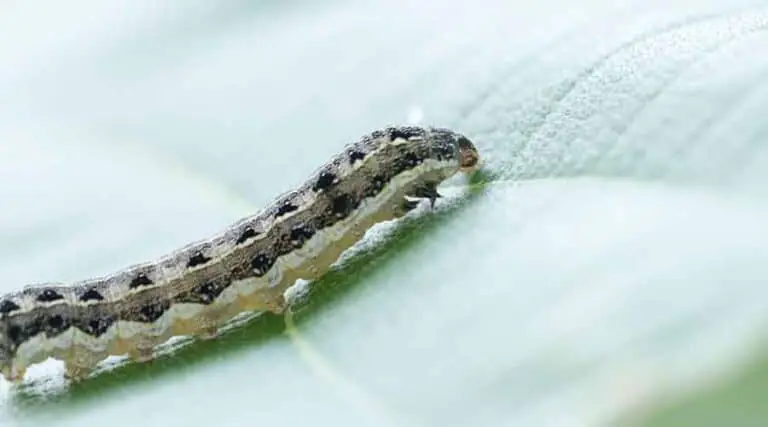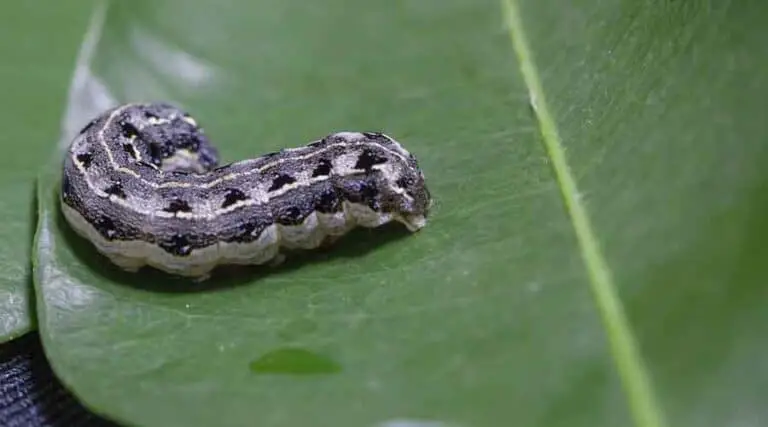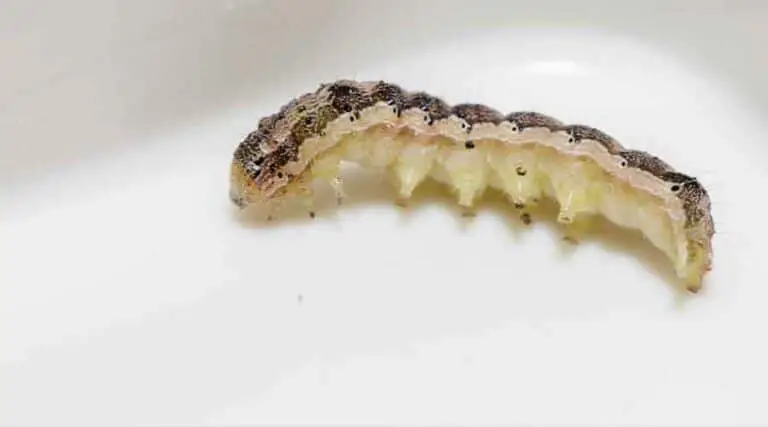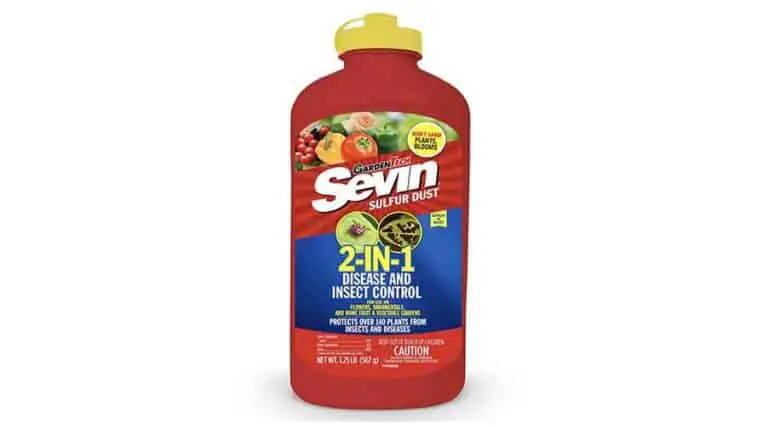Are Cutworms Good for Chickens? A Comprehensive Analysis
Cutworms are the larvae of various species of moths, and they can be quite a nuisance for gardeners and farmers. They typically feed on the stems and leaves of plants, causing substantial damage if left untreated. However, their presence in the ecosystem raises the question of whether these pests could be turned into a beneficial resource for chickens.
Chickens are known for their voracious appetites, and they often consume a variety of insects as part of their natural diet. This dietary diversity can help with their overall health and provide essential nutrients. With cutworms being a prevalent pest in gardens and fields, it is worth exploring if chickens could find them to be a valuable food source, thus turning a pest problem into a resource for poultry farmers.
Before introducing cutworms into the chicken’s diet, it is crucial to consider the potential risks associated with their consumption. Some cutworm species may carry harmful substances or have been exposed to pesticides, which could negatively impact the health of the chickens. However, with appropriate measures and caution, the question of cutworms as a food source deserves further investigation to potentially benefit both the chickens and the environment.
What Are Cutworms
Cutworms are a group of moth larvae that feed on plants and can cause significant damage to gardens and crops. They are called cutworms because they cut the stems of plants, often just below the soil surface, causing plants to fall over and die.
There are several species of cutworms, but some of the most common include the variegated cutworm, the black cutworm, and the glassy cutworm. These pests can be found in various regions across the United States and may attack a wide range of plants, from vegetables to flowers and ornamental trees.
Cutworms are typically active at night when they come out of the soil to feed on plant stems and leaves. During the day, they can be found hiding beneath the soil surface, making them difficult to spot. The life cycle of cutworms involves the larvae hatching from eggs, feeding for a few weeks, and then pupating in the soil before emerging as adult moths.
Now, let’s consider their relationship with chickens. Chickens, turkeys, and other poultry are known to eat cutworms and help control their population in a natural way. In fact, in fields where chickens and other poultry are allowed to roam, cutworm damage is often reduced significantly, as these birds are efficient in seeking out and consuming the larvae. This is especially true for turkeys and guinea hens, which are known to be particularly diligent in hunting cutworms (source).
Therefore, cutworms can be considered a beneficial food source for chickens, providing them with a source of protein and assisting in natural pest control within gardens and fields. However, it is essential to maintain a balance, as relying solely on chickens for cutworm control may not be sufficient, and additional pest management strategies may be required.
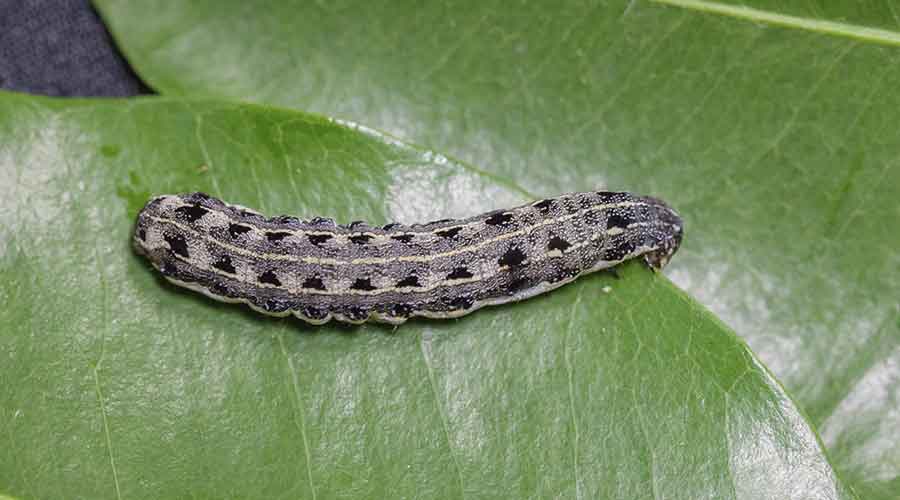
Chickens and Cutworms
Effects on the Chickens
Cutworms are the larvae of different species of moths, which can be found in the soil. They are known for causing damage to plants and crops, but they can also be a potential source of food for chickens. In gardens and fields where chickens are present, cutworm infestations have been observed to be less severe, suggesting that chickens may help control cutworm populations1. Chickens are known to consume various insects, and cutworms can be a part of their natural diet.
Benefits to Their Diet
Chickens can benefit from the protein found in insects like cutworms, as their natural diet consists of insects, small plants, and seeds. In an organic poultry farming system, allowing chickens to forage for insects can provide additional nutrients and contribute positively to the overall health of the flock. Insects offer a variety of nutrients, including fatty acids and essential amino acids.
Possible Risks
Although chickens can consume cutworms, it is essential to consider potential risks when allowing them to forage for insects. For example, cutworms may have been exposed to pesticides or other chemicals, which could be harmful to the chickens and pose a risk to their health2. Moreover, it is essential to ensure the chickens’ diet is balanced and diverse, providing all the necessary nutrients, including protein, vitamins, and minerals from other sources, such as grains and other poultry feeds.

Natural Pest Control
Foraging Behavior
Chickens are known to forage for various insects and pests in their environment. One of these pests is the cutworm. When given access to forage, chickens will actively search for these pests and consume them as part of their diet. This not only provides the chickens with a natural source of protein but also helps control the cutworm population in the surrounding area.
Impact on Other Pests
Cutworms are not the only pests that chickens can help control. During their foraging activities, they will also target other common pests such as:
- Slugs
- Grubs
- Snails
- Ants
- Beetles
These pests can cause damage to plants and crops, making chickens a valuable asset in pest management. By keeping chickens near gardens or agricultural areas, they can naturally help reduce the number of pests and minimize the need for chemical treatments.
In summary, chickens can play a crucial role in maintaining the balance of pest populations, including cutworms, through their innate foraging behavior. This natural form of pest control is beneficial for both the chickens and the environment, helping to reduce reliance on chemical pesticides.
Managing Cutworms in the Garden
Cutworms can cause significant damage to gardens and fields by feeding on the stems of plants at soil level. One way to control cutworm populations is by introducing chickens to the garden, as they eat various insects, including cutworms. This section will discuss the introduction of chickens, as well as some alternative methods for managing cutworms.
Introducing Chickens
Chickens can be an effective, natural means of controlling cutworms. Ensure that you have a suitable space for the chickens to roam and provide them with food, water, and shelter. Allow them to forage in the garden area where cutworms are present, as chickens will naturally scratch at the soil, uncovering and eating the pests.
However, it is crucial to monitor the chickens to prevent them from damaging other plants or vegetables, as their scratching may be too intense for some delicate plants. In such cases, consider utilizing a portable chicken coop or using a designated fenced-off area to limit their access to the garden.
Alternative Methods
If introducing chickens is not feasible or if you prefer other methods, consider the following alternatives:
- Manual removal: Inspect your plants at dawn or dusk, when cutworms are most active, and remove them by hand.
- Cultural controls: Till your garden soil during fall and spring, as it can disturb cutworm eggs and larvae, making them more accessible to predators.
- Plant collars: Placing a collar around the base of each plant can provide a physical barrier that prevents cutworms from reaching the stems. These can be made from cardboard or plastic materials.
- Traps: Place pheromone traps in your garden to attract and capture the adult moths.
- Biological controls: Introduce natural predators such as beneficial nematodes or predatory insects like lacewings and lady beetles to your garden.
Remember to maintain a healthy garden environment to prevent cutworm infestations and always be on the lookout for the first signs of damage.
Conclusion
Cutworms can be a potential food source for chickens, as they are known to be rich in nutrients. Insects, in general, are a good source of trace minerals such as iron, zinc, copper, manganese, and selenium, as noted in this eorganic article. However, there are a few factors to consider before incorporating cutworms into the diets of chickens.
Firstly, it’s important to ensure that the cutworms are collected from a safe and non-contaminated environment. Pesticide residues or any other harmful chemicals present in cutworms can have adverse effects on the health of chickens. It is also vital to keep in mind that chickens should not rely solely on cutworms for their nutritional intake. A well-balanced and diverse diet is essential for the overall health and productivity of chickens.
Some potential benefits of feeding cutworms to chickens could include:
- Providing a natural and sustainable protein source
- Enhancing the flavor of chicken meat or eggs
- Contributing to the overall health of the flock
In conclusion, cutworms can be a beneficial addition to a chicken’s diet if provided in moderation and from a safe source. Chickens should still be fed a balanced diet, including a variety of grains, vegetables, and other insects for optimal health and wellness.

